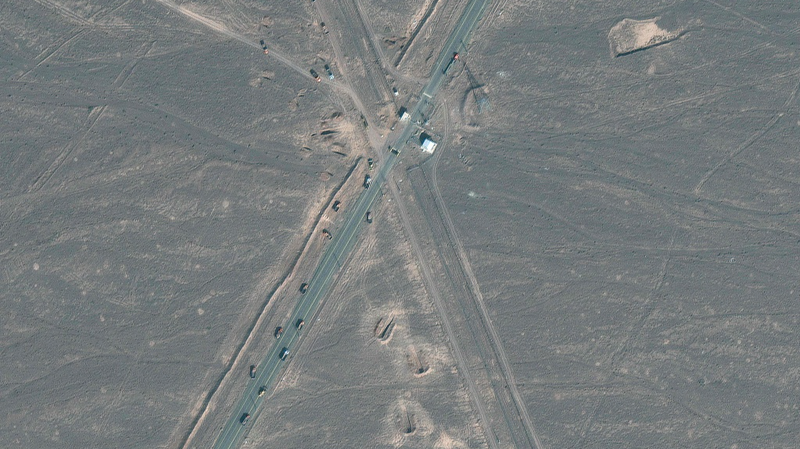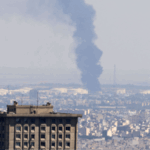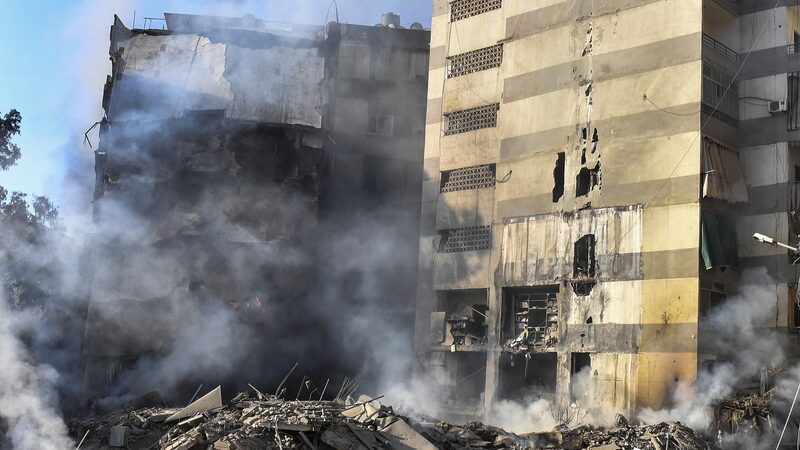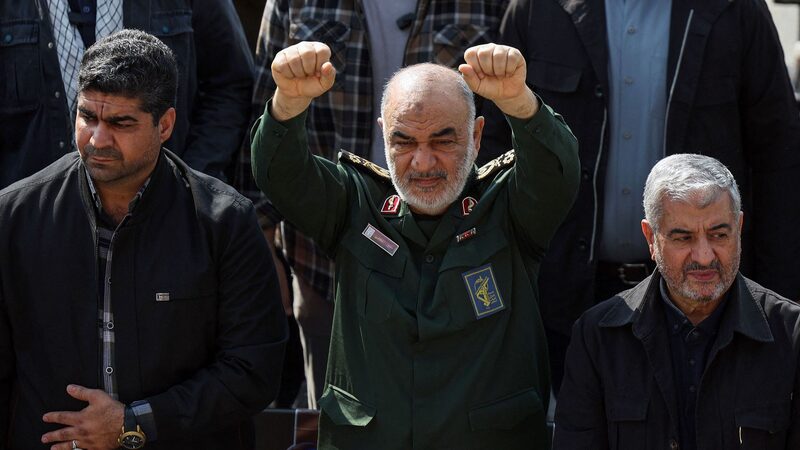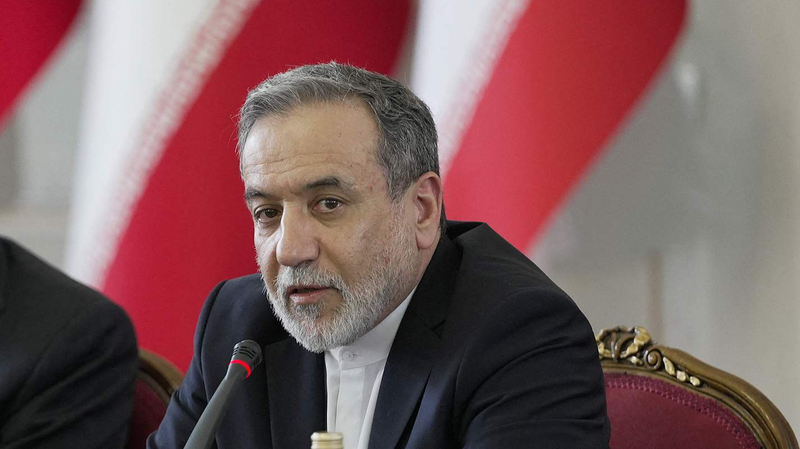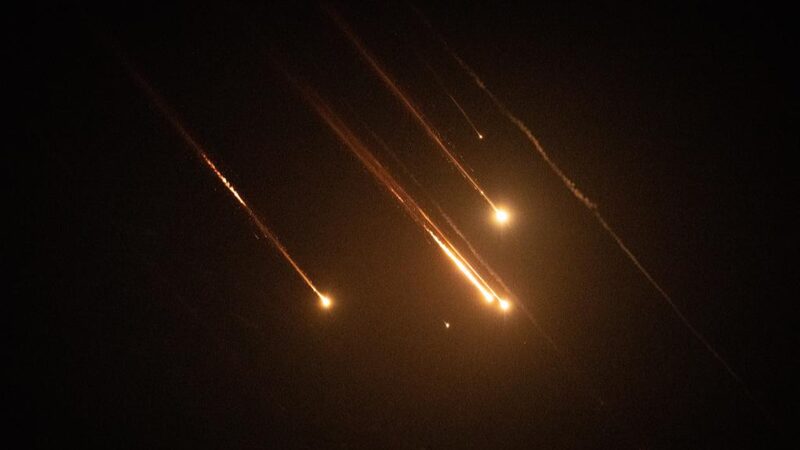In a dramatic escalation, the U.S. launched precision airstrikes on three Iranian nuclear facilities this weekend, sparking fears of a wider Middle East conflict. We break down expert insights on the motives, risks, and diplomatic paths forward. 🔍
Why Did the U.S. Strike Now?
Wang Jin, a strategic studies expert, says Israel's prior attacks weakened Iran's defenses, creating a 'low-risk window' for American B-2 bombers. Pressure from pro-war factions and allies also pushed Washington to act—but the strikes were designed to 'disrupt, not destroy,' Iran's nuclear program. 💥
Can Bombs Stop Nuclear Ambitions?
While Iran claims minimal damage, Wang argues strikes disrupt the 'ecosystem' needed for nuclear progress—think scientists, supply chains, and energy grids. It's like smashing a smartphone factory: the blueprint exists, but rebuilding takes time. ⏳
Global Rules at Risk?
Both sides claim 'self-defense,' but Wang warns this undermines international norms. 'If powerful states ignore sovereignty, the world order crumbles,' he says—a worrying trend for nuclear non-proliferation. 🌐⚖️
Will the Conflict Spread?
Iran-backed groups in Yemen, Lebanon, and Iraq could retaliate, turning the region into a 'chaotic battlefield.' U.S. bases and Red Sea shipping lanes might become targets, risking a hybrid war. 🚢🔥
Diplomatic Hope?
Despite tensions, Wang sees room for third-party mediation (looking at you, Oman 🇴🇲). Even the U.S. likely wants to 'convert military pressure into political deals.' The world must act fast to prevent a spiral. 🤝✨
Reference(s):
Q&A: Expert insight on U.S. strikes on Iran nuclear sites and fallout
cgtn.com
